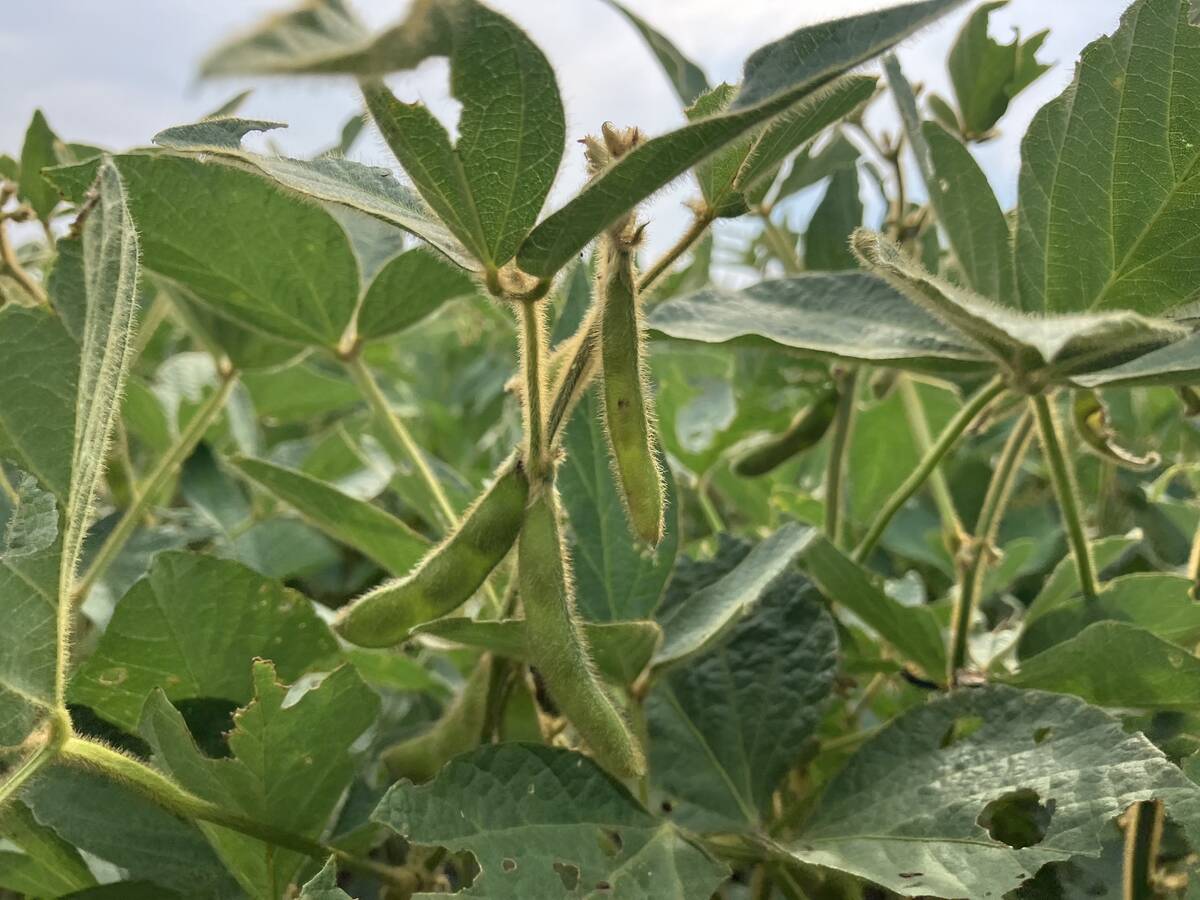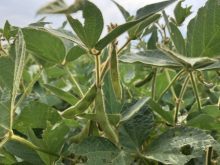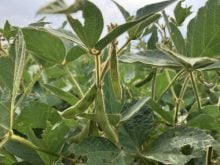Brazil is the world’s leading producer of ethanol, and grain farmers are benefiting greatly from the South American country’s commitment to domestic fuel production.
But the hog industry is on the flip side of that coin, and right now it has lost the toss.
Ethanol is booming so much that some Brazilian hog farmers can’t find feedgrains in their own states and are having to import from much further away.
“Grain farmers are moving their land from producing grain to sugarcane because it is more economical for the farmer,” said Jose Henrique Piva of PIC U.S.A. in Hendersonville, Tennessee, who spoke at the recent Manitoba Swine Seminar.
Read Also

Proposed dicamba restrictions please expert
Pest Management Regulatory Agency proposes banning “over-the-top” spraying of dicama on soybeans.
“Ethanol is taking out grain acres. Grain is becoming much more expensive.”
Sugarcane is the basic feedstock for ethanol production in Brazil.
Rising corn prices have hurt North American hog producers, partly because they are also pushing up prices for all the other main feedgrains. However, what North Americans are facing now is what Brazilian producers have been dealing with for a number of years.
“Sugarcane is taking over all the production,” Piva said in an interview.
The crop is rapidly replacing soybean and corn acres, and combined with the chronic infrastructure problems in Brazil’s interior, hog producers in regions close to the coast and urban areas are being squeezed.
The problems coming from ethanol production are in marked contrast to most of the other factors affecting hog production in Brazil, where the industry is generally growing and becoming much more highly industrialized.
Pork exports are expanding, although much goes to one country – Russia – and the country’s ability to export is always vulnerable to outbreaks of foot-and-mouth disease, which tend to occur near the country’s western borders.
On the other hand, common North American hog diseases such as viral diseases don’t affect the Brazilian industry, giving producers a production advantage.
It costs about 75 to 80 cents US per kilogram liveweight to produce a market hog, with about 70 percent of the cost coming from feed-grains.
While there are many small farms, the Brazilian industry’s growth is almost entirely based on 1,000 sow-plus operations with separate nurseries and feeding barns.















